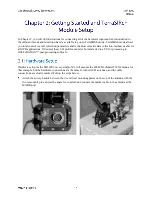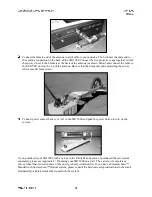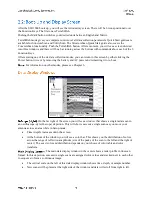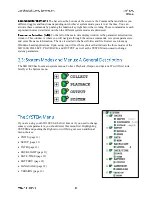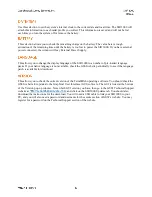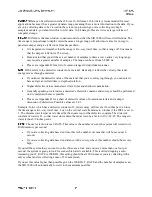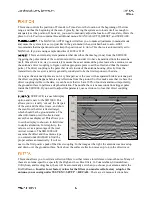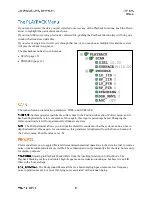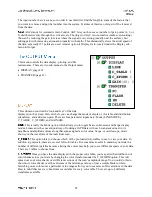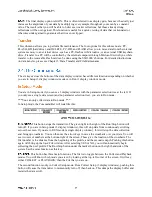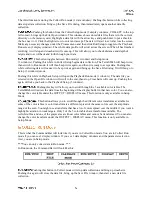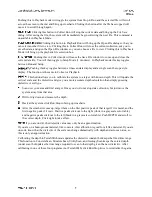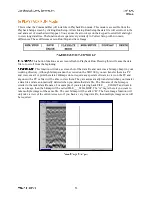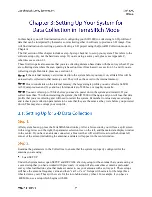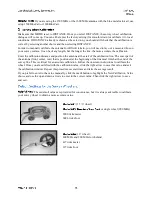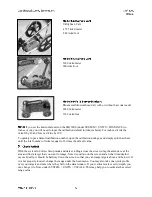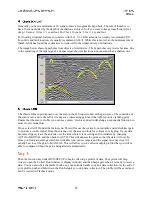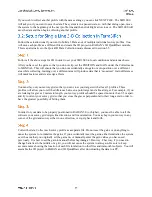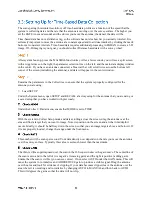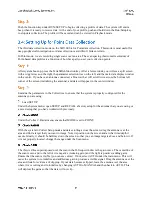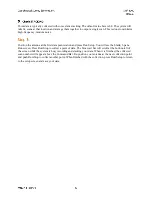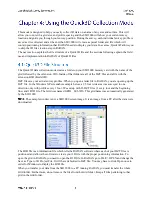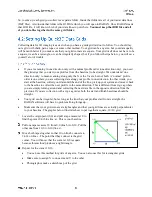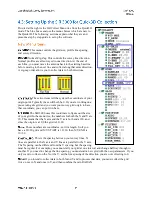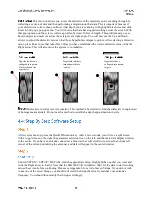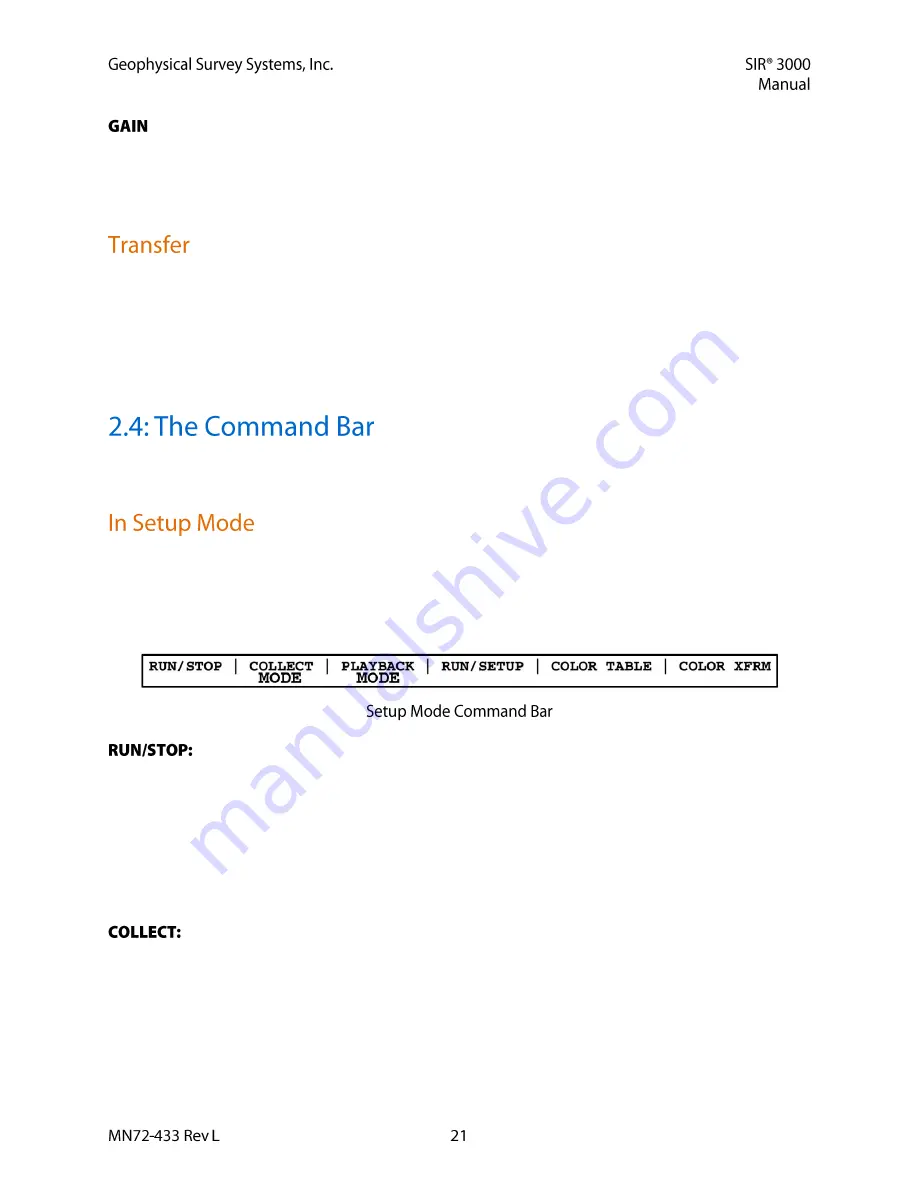
:
The final display option is GAIN. This is often referred to as display gain, because it basically just
increases the amplitude of your data by multiplying every sample throughout your scan by a constant
value. The result is that you will be able to better see weaker reflections, but those already strong
reflections will be over-gained. This function is useful for a quick viewing of data that is attenuated or
otherwise under-gained to guarantee that it was not clipped.
This sub-menu allows you to perform file maintenance. The four options for this sub-menu are: PC,
FLASH, HD (hard drive), and DELETE. PC, HD, and FLASH allow you to move data from the internal
system memory to an external device, such as a PC, flash card, Microdrive, or an external USB keychain
drive. Transfer to a PC will be controlled by the external computer through Microsoft ActiveSync, while
transfer to the removable Flash card can be done using the SIR 3000’s buttons. For detailed instructions
on data transfer, please see Chapter 5: Data Transfer and File Maintenance.
The six keys across the bottom of the data display window have different functions depending on whether
you are in Setup (3 display windows) mode or in Run (1 display window) mode.
You are in Setup mode if you can see 3 display windows with the parameter selection tree at the left. If
you only see a single data screen (and no parameter selection tree), you are in Run mode.
***You can only collect data in Run mode. ***
In Setup mode, the Command Bar will look like this:
This button stops the transmitter. The green light to the right of the Run/Stop button will
turn off. If you are in Setup mode (3 display windows), this will stop data from continuously scrolling
across the screen. If you are in RUN mode (a single display window), this will stop the data collection
and bring up crosshairs. You can then use the arrow keys to move the crosshairs over your data. You will
see two sets of numbers at the bottom-right of the screen. These give the location of the crosshairs. The
first number is the distance from the beginning of the profile, and the second is depth. Pushing this button
again will bring up the Save File window. After selecting YES or NO, you will automatically begin
collecting the next profile. The Run/Stop button under the marker button on the right hand side of the
system has the same function as this key.
This button has three main functions. The first is to toggle between the Collect and Playback
modes. You will know which mode you are in by looking at the top-left corner of the screen. It will say
either COLLECT or PLAYBACK, then the File that you are on.
The second function is only in Collect Setup mode. From Collect Setup (3 display windows), pushing this
button will cause the transmitter to momentarily turn off, then back on. This dumps the display buffer and
restarts the data scroll.

